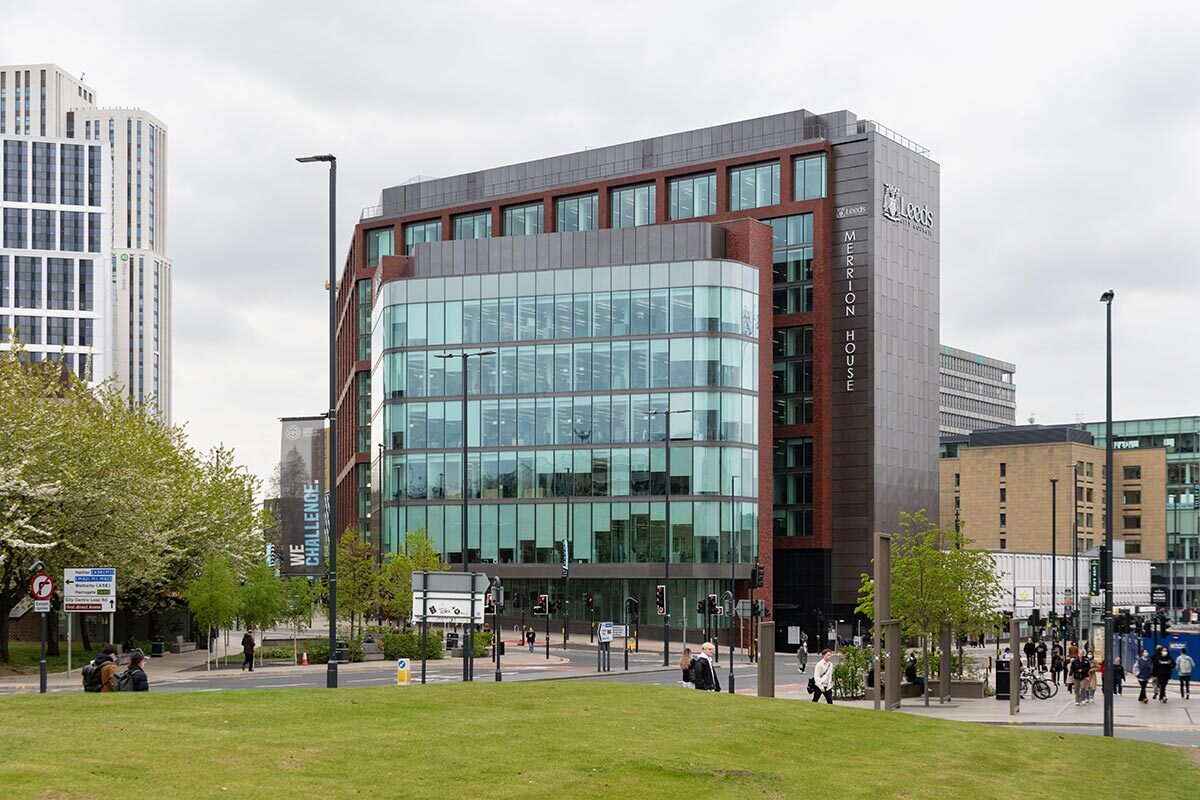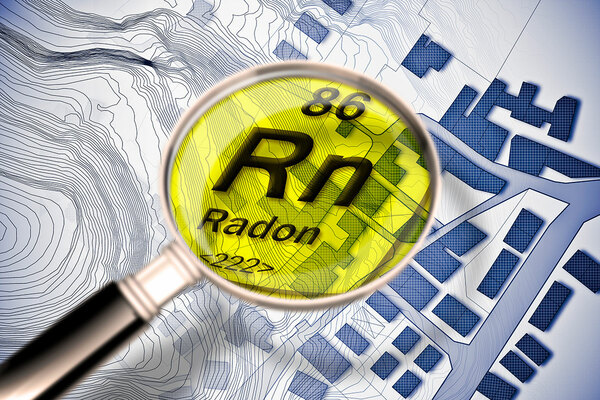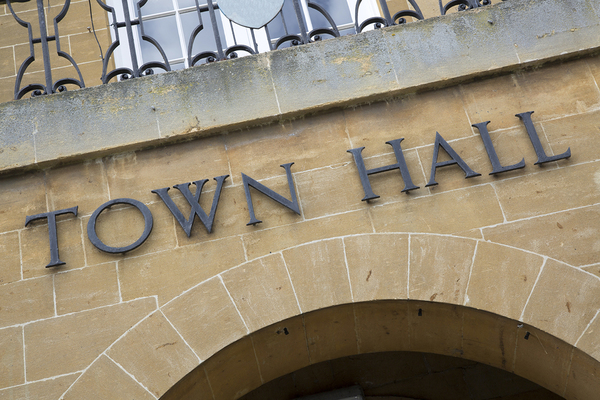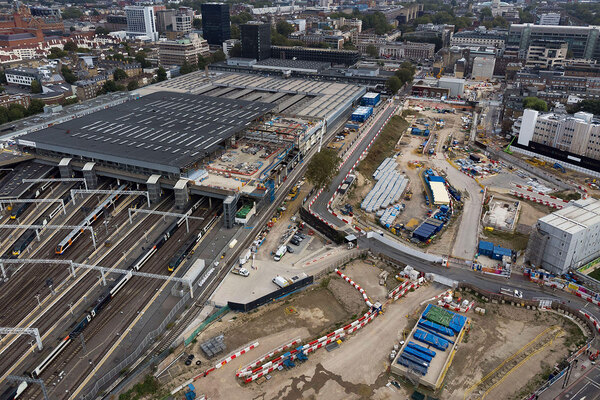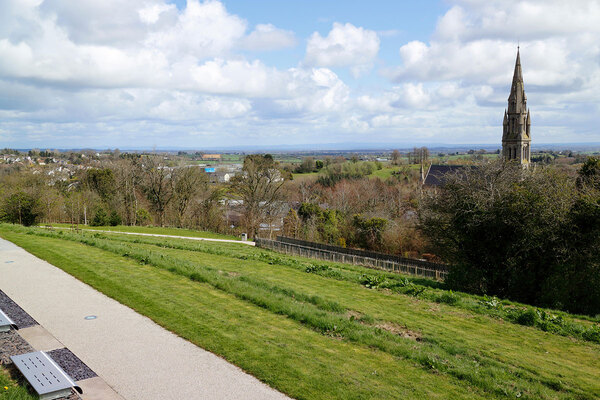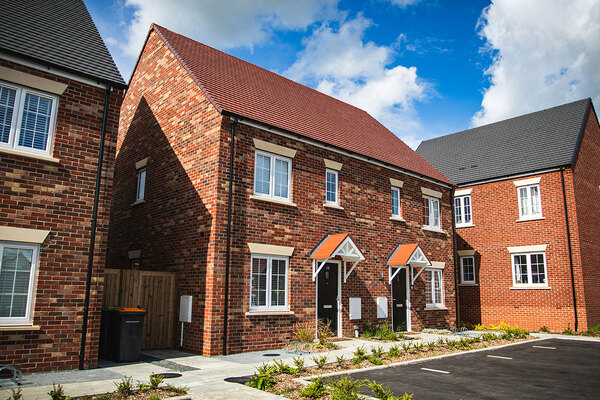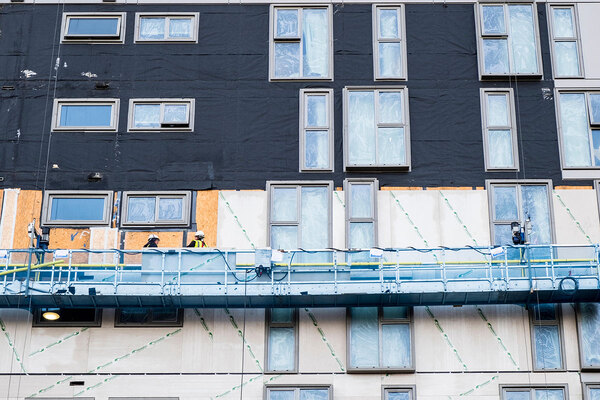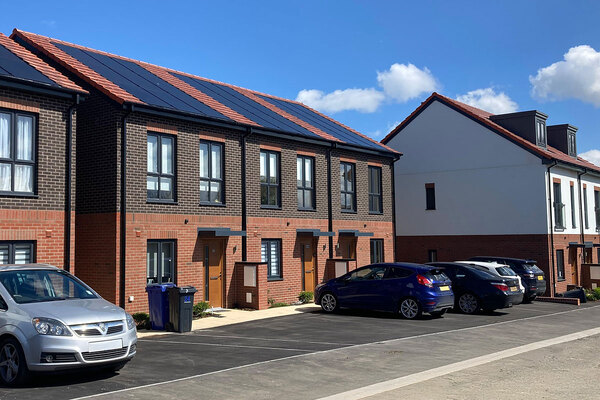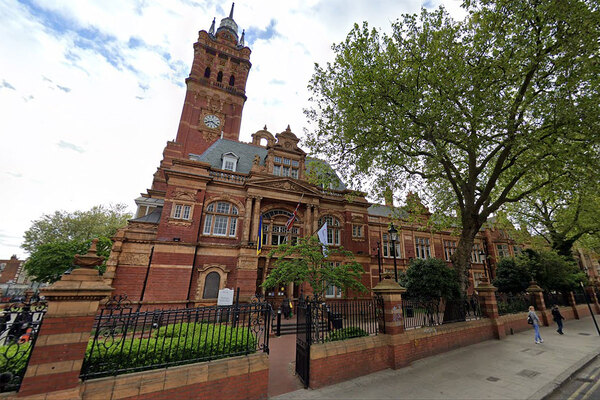You are viewing 1 of your 1 free articles
Radon gas could be excessively high in thousands of social homes, expert warns
Dangerous radon gas could be excessively high in “hundreds, if not thousands” of social homes because landlords do not know they have a problem, an expert has warned.

Dave Gilmour, a radon assessor, said a lack of funding at local authorities was affecting their ability to respond when high levels of the gas were found in homes.
The naturally occurring gas comes from rocks and soil found everywhere in the UK, but exposure to high levels can cause lung cancer, according to the UK Health Security Agency.
Mr Gilmour, a business manager at engineering company Socotec, told Inside Housing: “There will be a vast number of different types of properties that have never been monitored [for radon]. There are people working and living in them. Long term, these people are potentially being exposed to a hazard that risks ultimately giving them lung cancer.”
He said he had personally identified high levels of radon in social housing estates in Scotland and the South of England.
Under regulations known as IRR17 that came into force in 2017, developers and social landlords must ensure that their homes do not exceed threshold limits of radon.
“In most of these organisations, money is generally quite tight, and has been for a number of years,” said Mr Gilmour. “So the focus is always on getting the properties in a suitable state for occupancy… but radon tends to not be focused on in any great way at all, unless there is a known issue.
“In most cases, what we find is that the housing agencies and the local authorities have not done a significant amount of radon monitoring work to identify what risks they may have.”
He explained that radon was a “naturally occurring hazard” that arose from the geology of a region. A large presence of granite is known to increase the risk in areas such as Aberdeen, the Welsh valleys, Devon and Cornwall.
In July 2023, Leeds City Council began carrying out radon checks in 9,000 council-owned homes which were identified as having between a 1% and 5% risk of excessive potential for the gas to be present.
Radon tends to enter a building because the air pressure inside is usually lower than the pressure in the soil and rocks around the property. The difference in pressure draws radon in through cracks in the foundations.
Levels of the gas are measured over three months with small puck-shaped monitors, which are then sent to a testing facility. Remediation measures include installing air pumps and sump pumps to improve ventilation on the ground floor and first storeys of properties.
The UK government has published a radon map, which highlights hotspot areas such as Teignbridge, Tavistock and Okehampton in Devon.
Mr Gilmour said that whether tenants lived in their homes for years or decades, the risk “remains the same”.
“No matter how long the person is living in the house, the radon risk still has to be managed correctly, because the housing agency doesn’t necessarily know how long that particular house is going to be occupied by that person.
“What they should focus their attention on is actually reducing the radon risk down, no matter who or for how long the occupant is going to be there.”
Mr Gilmour provides services to several local authorities. He said, “You can see where the lack of funding does impact on these type of organisations to fulfil their legal requirements. Areas where there is a known problem can’t always be dealt with as quick as it should be.
“I do feel sorry for the people who work in these areas, because they’re [trying] their best to get the properties in a really good condition for occupiers and [provide] the necessary housing. And when they are cash-strapped, it must be a very frustrating thing for them not to fulfil their job as best as they can.
“I would expect that there will be hundreds, if not thousands, of properties throughout the UK where radon levels are excessively high, because people don’t know that they have a problem to deal with,” he added.
Inside Housing understands that the government is not specifically aware of an issue with radon in council properties. It sees radon as an area-specific, not property-specific, issue. The government believes local authorities should have the resources to cover radon checks.
Nicky Hutt, radon services team leader at the UK Health Security Agency, has set out how social landlords can reduce the risk of radon, which causes around 1,100 deaths in the UK every year.
Sign up for our Council Focus newsletter
Already have an account? Click here to manage your newsletters
